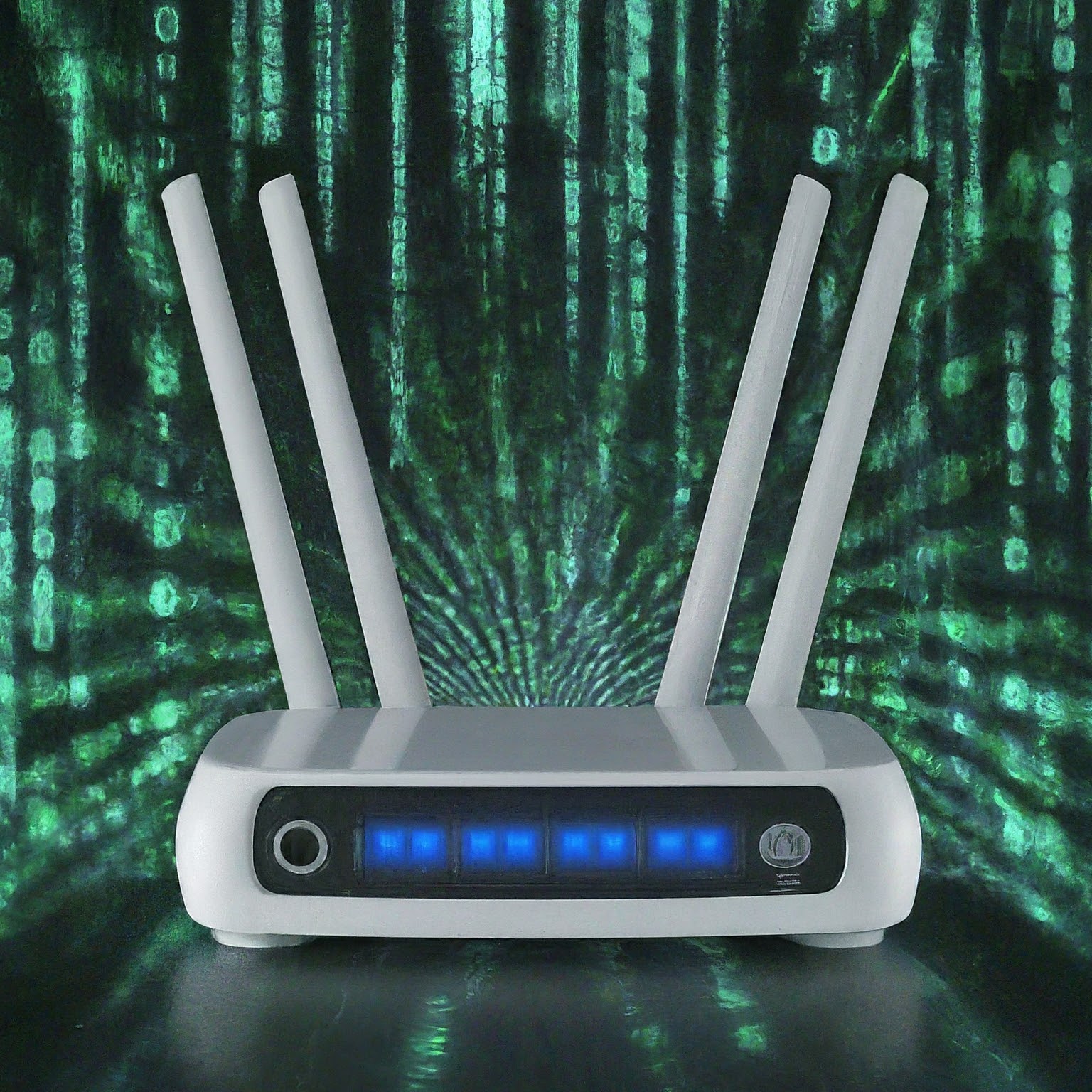In today’s digitally interconnected world, access to the internet is no longer a luxury but a necessity. However, the cost of internet service can be a significant financial burden for many households. The concept of free internet service has gained traction as a means to bridge the digital divide and provide equitable access to online resources.

Understanding the Concept of Free Internet Service
Free internet service refers to internet access provided without any monetary charge. While the term “free” might seem idealistic, there are various models and programs that offer internet services at no or significantly reduced cost. These initiatives aim to make the internet accessible to underserved communities and individuals.
Types of Free Internet Service
Several avenues exist to obtain free internet service:
- Government Programs: Government-funded programs like the Affordable Connectivity Program (ACP) offer subsidies to eligible households, making internet service more affordable.
- ISP Initiatives: Some internet service providers (ISPs) offer free or reduced-cost internet to low-income families or community organizations.
- Public Wi-Fi Hotspots: Libraries, community centers, and public spaces often provide free Wi-Fi access.
- Mobile Hotspots: Many mobile carriers offer data plans with hotspot capabilities, allowing users to create Wi-Fi networks on the go.
- Community Networks: Non-profit organizations or community groups may establish wireless networks to provide free internet access to residents.
Eligibility for Free Internet Service
To qualify for government-funded programs or ISP initiatives offering free internet service, individuals or households typically need to meet specific income or eligibility criteria. These programs often target low-income families, seniors, students, and veterans.
Challenges and Limitations of Free Internet Service
While free internet service is a commendable goal, it faces several challenges:
- Limited Availability: Free internet options are often limited in terms of geographic coverage and speed.
- Data Caps and Restrictions: Some free services may have data caps or usage limitations.
- Digital Divide: Even with free internet, digital literacy and access to devices remain barriers for some.
- Sustainability: Ensuring the long-term viability of free internet programs requires ongoing funding and support.
The Future of Free Internet Service
As technology continues to advance and the digital divide persists, the demand for free internet service is likely to grow. Governments, ISPs, and non-profit organizations will play crucial roles in expanding access and bridging the digital divide.
Conclusion
Free internet service is a vital step towards creating a more equitable digital society. While challenges remain, ongoing efforts to expand access and affordability are essential for empowering individuals and communities. By leveraging government programs, ISP initiatives, and community-based solutions, we can work towards a future where everyone has the opportunity to connect and thrive in the digital world.
لا تعليق